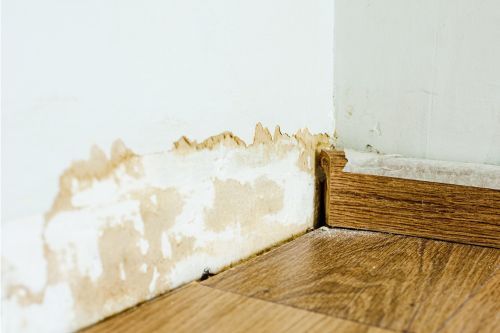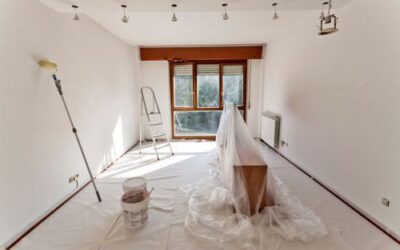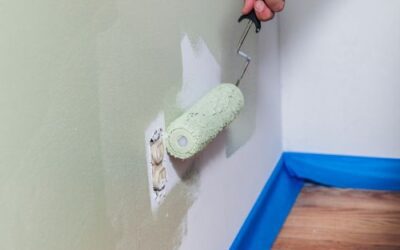Dampness in walls can become a real nightmare. Not only do they damage the aesthetics of the home, but they can also cause serious structural problems and affect the health of those who live in these buildings. In this post, we will delve into the causes of this phenomenon and explore practical solutions to prevent and treat it.
Types of damp in walls
Dampness in walls can be classified into three main types: rising damp , seepage damp and condensation damp. Each has specific causes and solutions, which are crucial to understand in order to effectively deal with the problem.
Rising damp
This type of moisture occurs when water rises through porous building materials from the ground. It is most common in older buildings or those where the initial waterproofing has failed. Water rises through capillaries in materials such as brick or stone, sometimes up to a metre above ground level. Solutions include the installation of physical barriers that cut off the water and the treatment of walls with waterproofing chemicals that block the capillaries.
Contact our professionals to paint your home
Moisture seepage
Seepage dampness occurs when water penetrates directly through walls from the outside, as a result of heavy rainfall, poor drainage or failure of the external waterproofing. This form of damp is identified by water stains and obvious deterioration of the exterior and interior cladding. To combat it, it is essential to repair cracks and improve the waterproofing of the external walls and roof.
Condensation dampness
Condensation forms when water vapour in the air cools and turns to liquid on contact with cold surfaces such as walls and windows. It is most common in environments with high humidity and poor ventilation, such as bathrooms and kitchens. To prevent it, it is crucial to improve ventilation, use dehumidifiers and apply moisture-repellent paints and finishes.
How to identify dampness in walls
Correctly identifying the type of damp is crucial in order to apply the right treatment. Different types of damp have different symptoms and require different approaches to diagnosis and treatment.
Signs of rising damp
Signs include damp patches that start at the base of the wall and can move upwards, detachment of the coating and salt efflorescence on affected surfaces. These signs indicate an urgent need for intervention to cut off water access to the interior of the wall.
Signs of seepage damp
Visible leaks, peeling paint, dark stains and siding damage are indicative of this type of dampness. It is essential to inspect the exterior of the building to find and repair any points where water may be entering.
Signs of condensation dampness
The presence of mould, a persistent musty smell and condensed water on walls and windows are clear indicators of condensation problems. These signs suggest the need for improved heating and ventilation in the affected areas.
Effective solutions for damp walls
Once the type of damp has been identified, it is essential to apply effective solutions to protect the structure of the building and the health of its occupants. Bartolomé Bas Pinturas is a company specialising in the treatment of damp. Its expert team not only identifies the source of the problem, but also implements lasting solutions using the best products and techniques on the market.
Professional treatments with Bartolomé Bas Pinturas
Bartolomé Bas Pinturas offers a variety of services to combat rising damp, seepage and condensation. From the installation of waterproof barriers to the application of specialist paints and coatings, this company ensures that each solution is perfectly tailored to the specific needs of the building and its environmental conditions. Their customised approach guarantees not only the elimination of current damp but also the prevention of future problems.
Other publications that may interest you
Paint suitable for basements and poorly ventilated rooms
Basements, storerooms or garages have unique conditions: poor ventilation, high humidity and increased risk of mould or condensation. Using conventional paint in these spaces is a common mistake that leads to ephemeral finishes and health problems due to fungi or...
How often should a house be painted depending on its use?
The frequency with which you should paint a house is not always the same. It depends on several factors: the use given to each room, the quality of the paint used, exposure to light or humidity, and even the colour. In this guide we explain how often you should renew...
Tips for painting a room without staining doors and sockets
Painting a room may seem like a simple task, but without the right preparation it's easy to end up with splashes on doors, sockets, switches and even skirting boards. If you want a clean, professional finish, we've got the best tips to avoid stains and save you...




